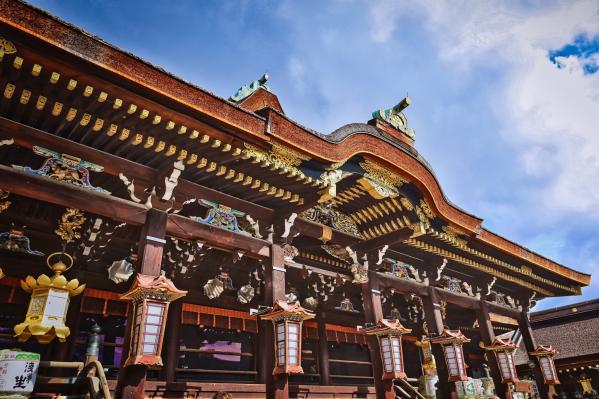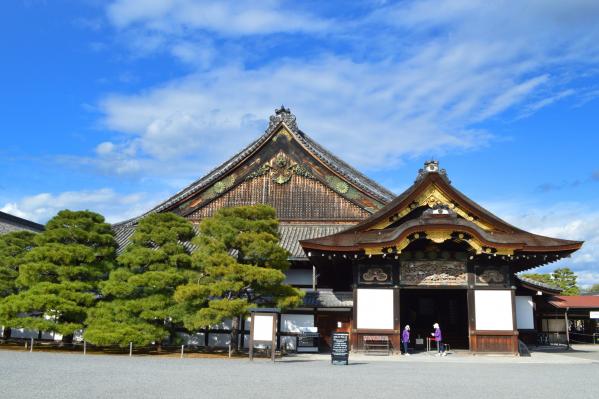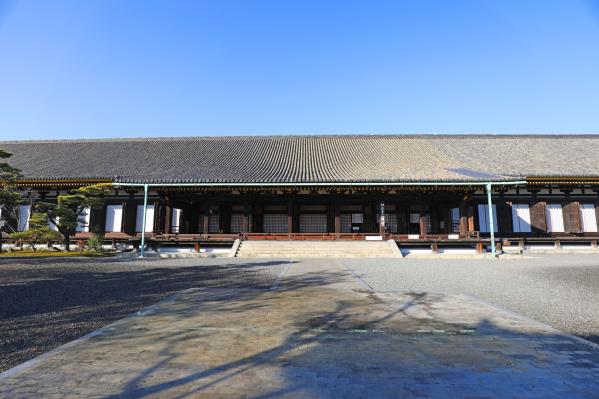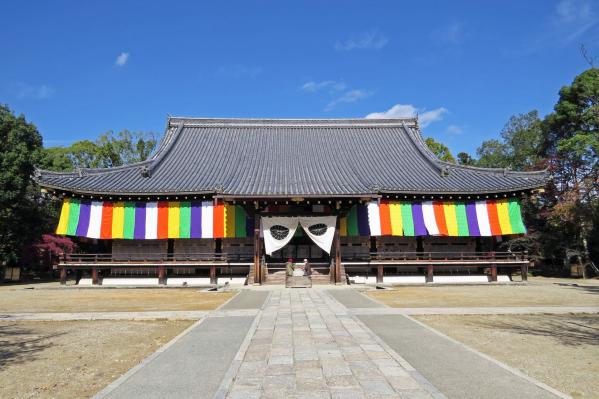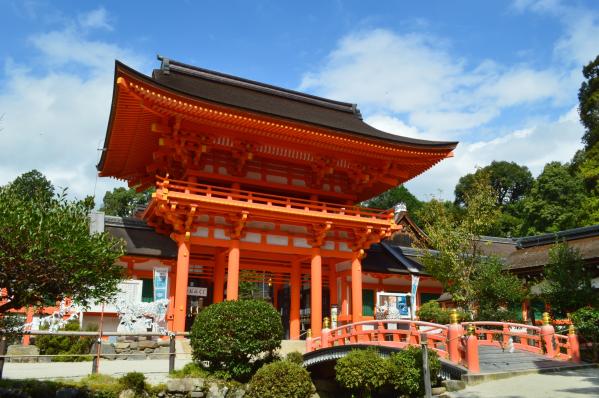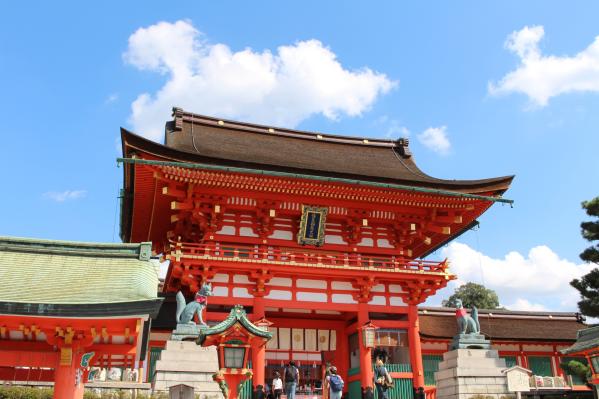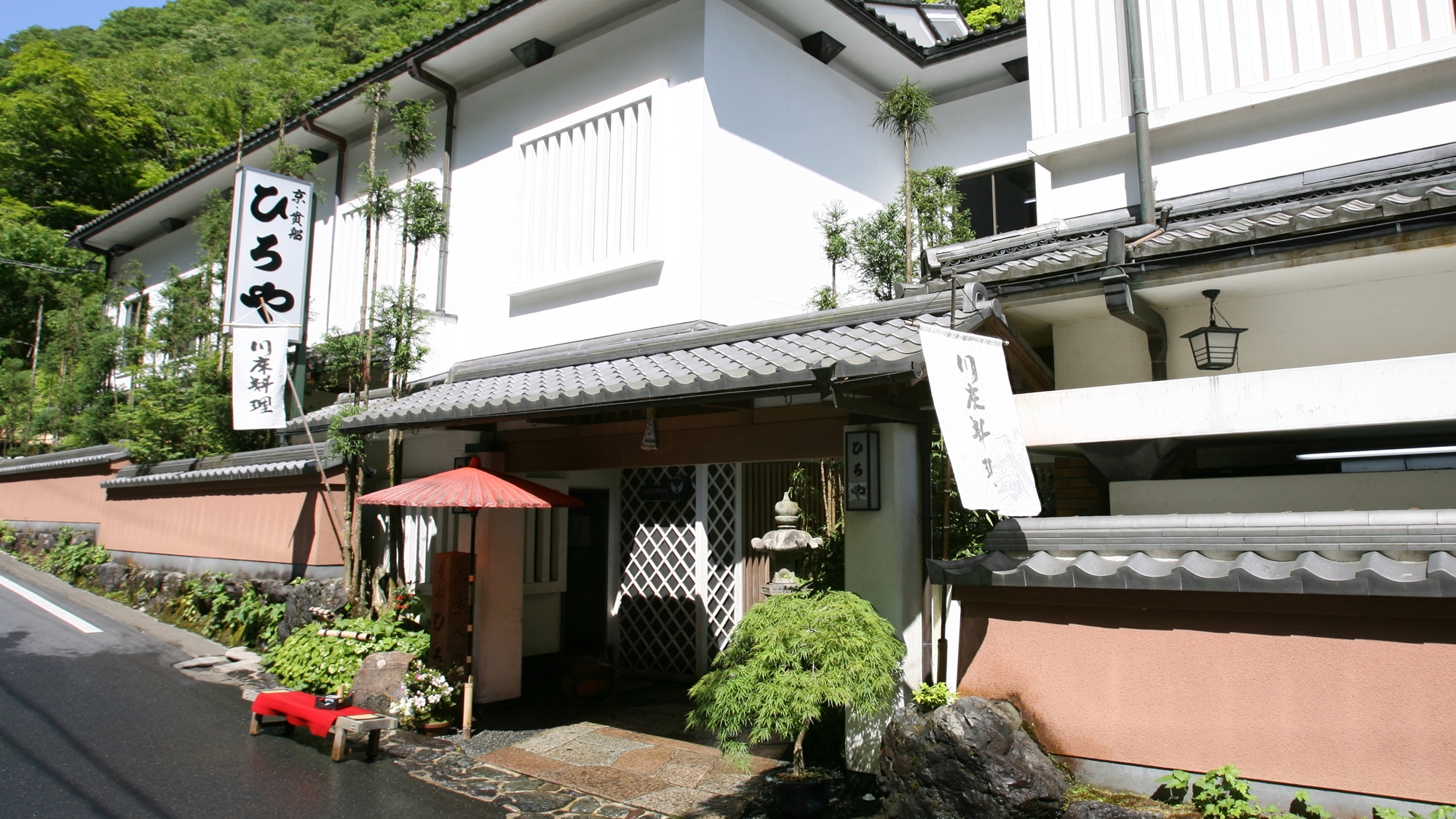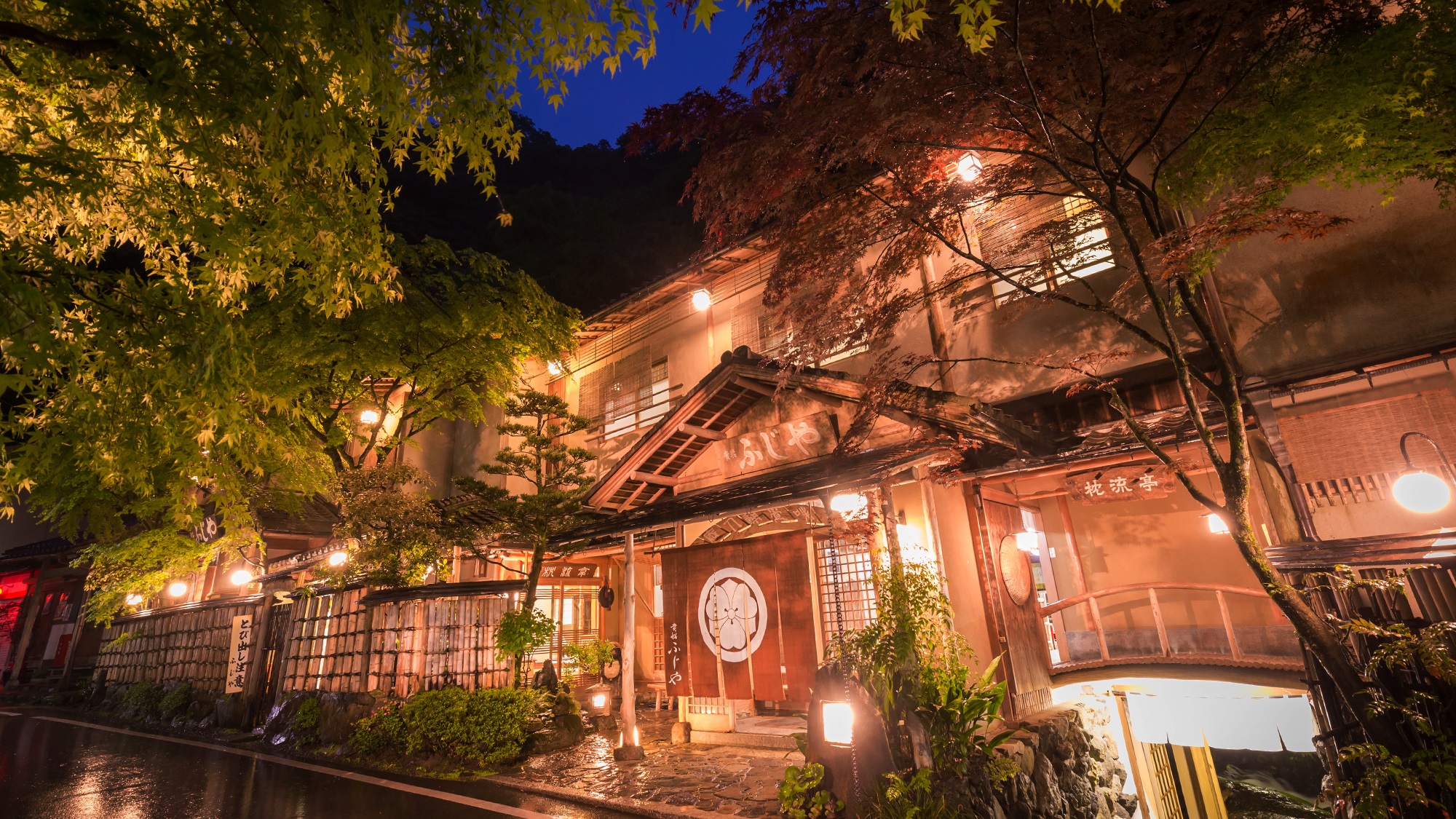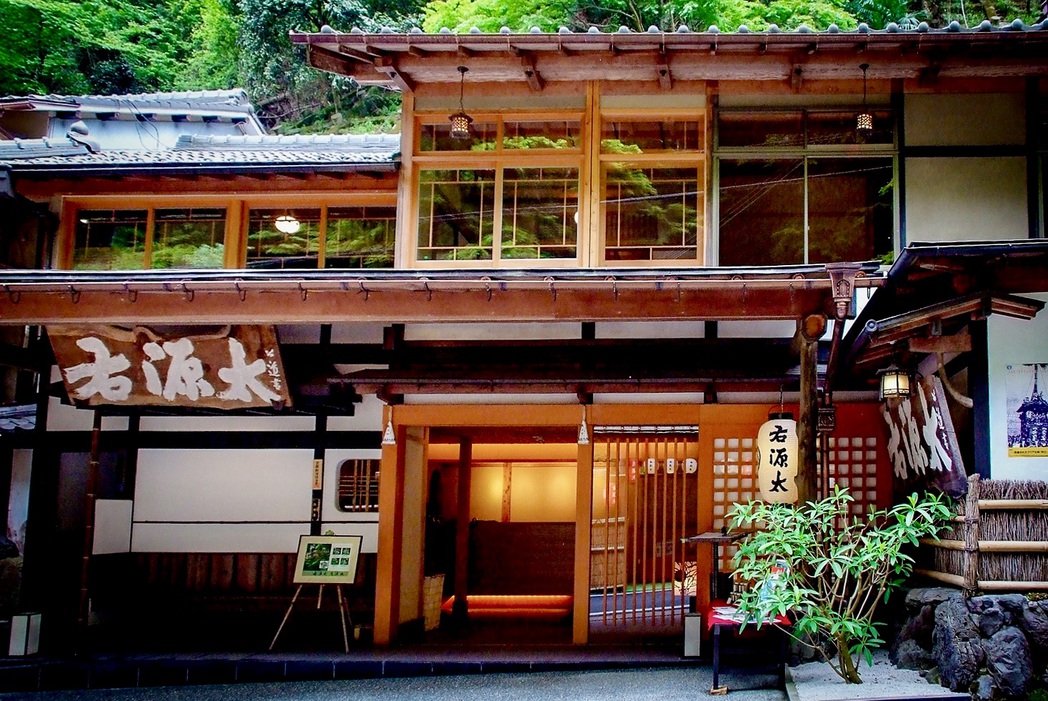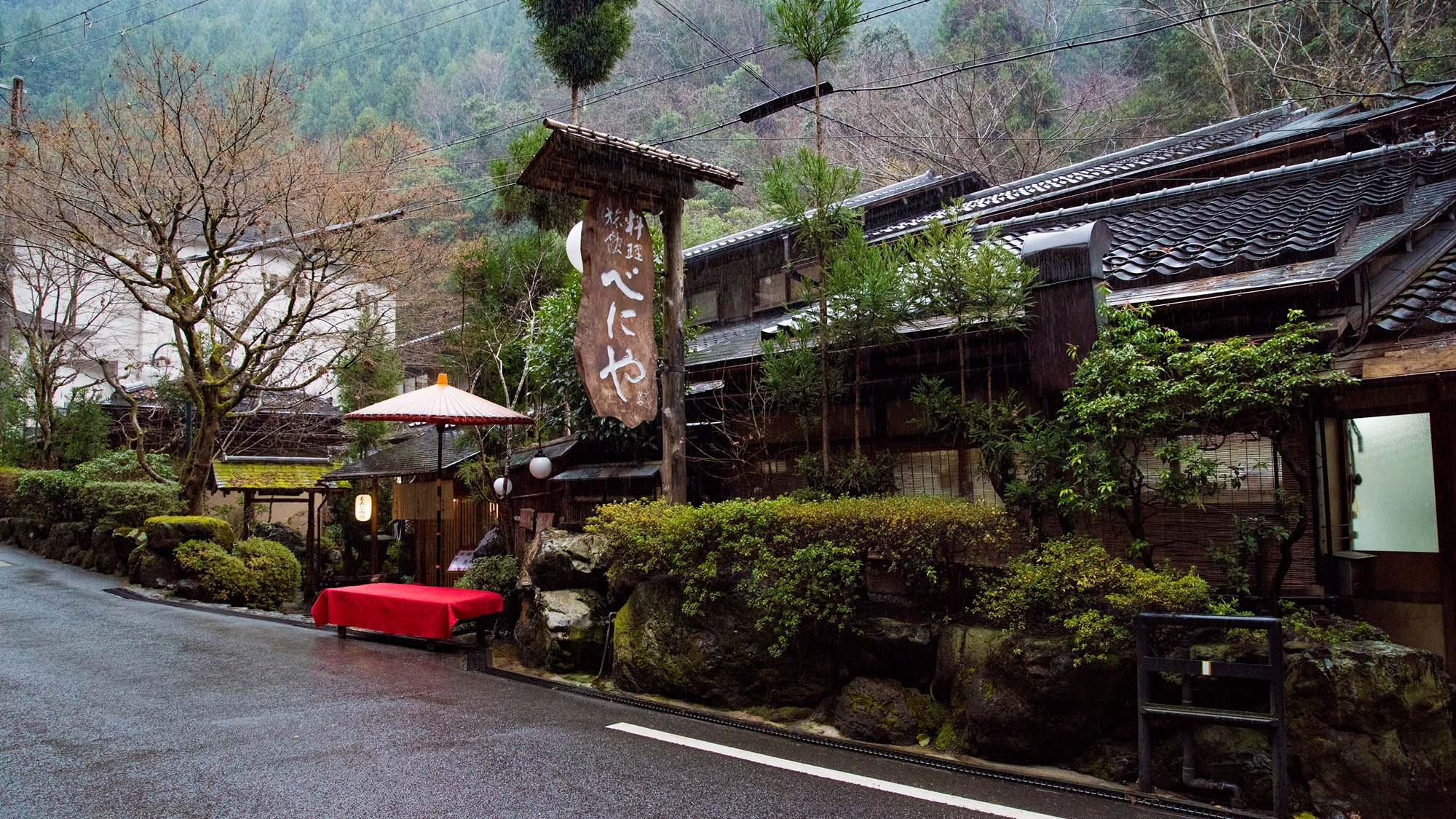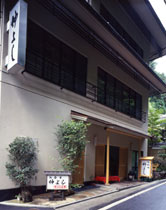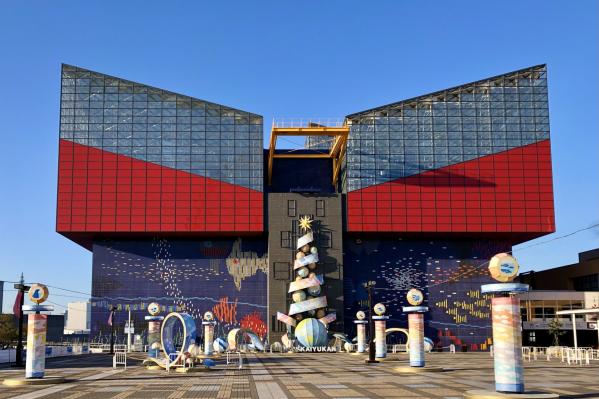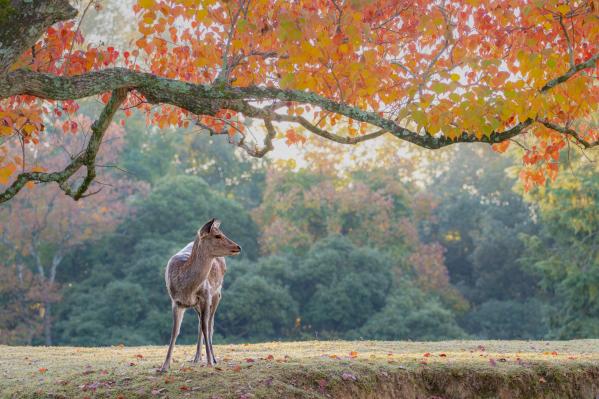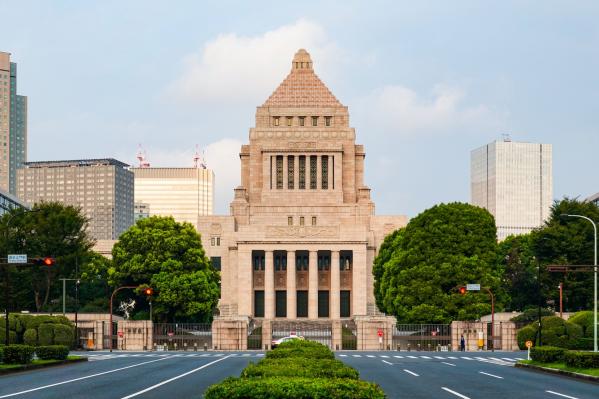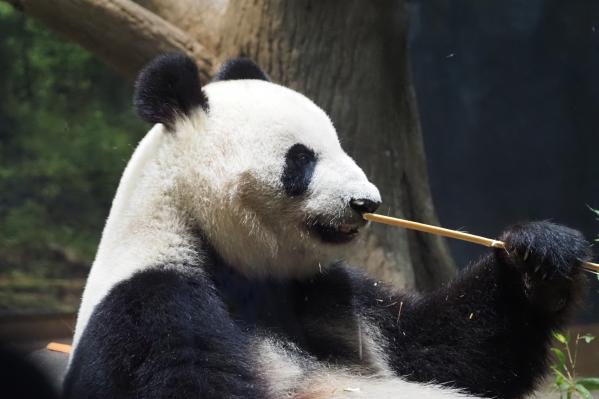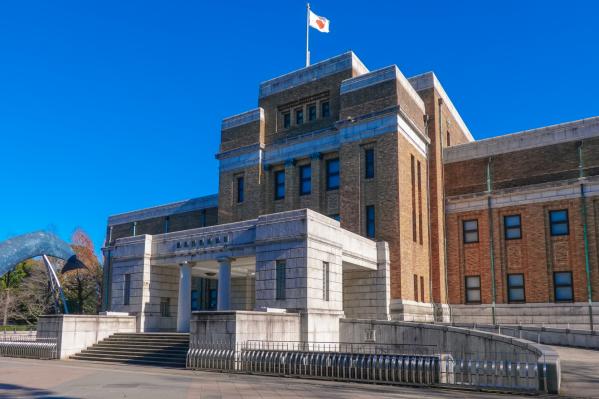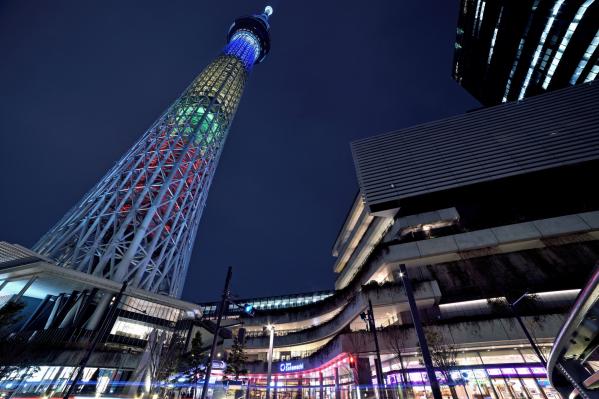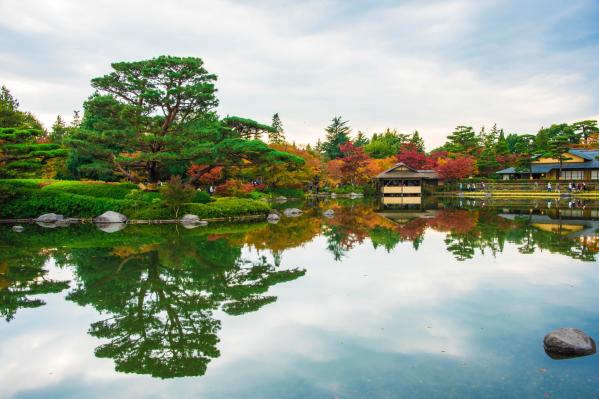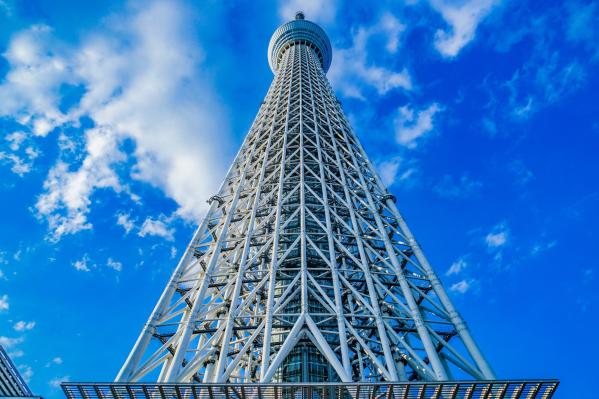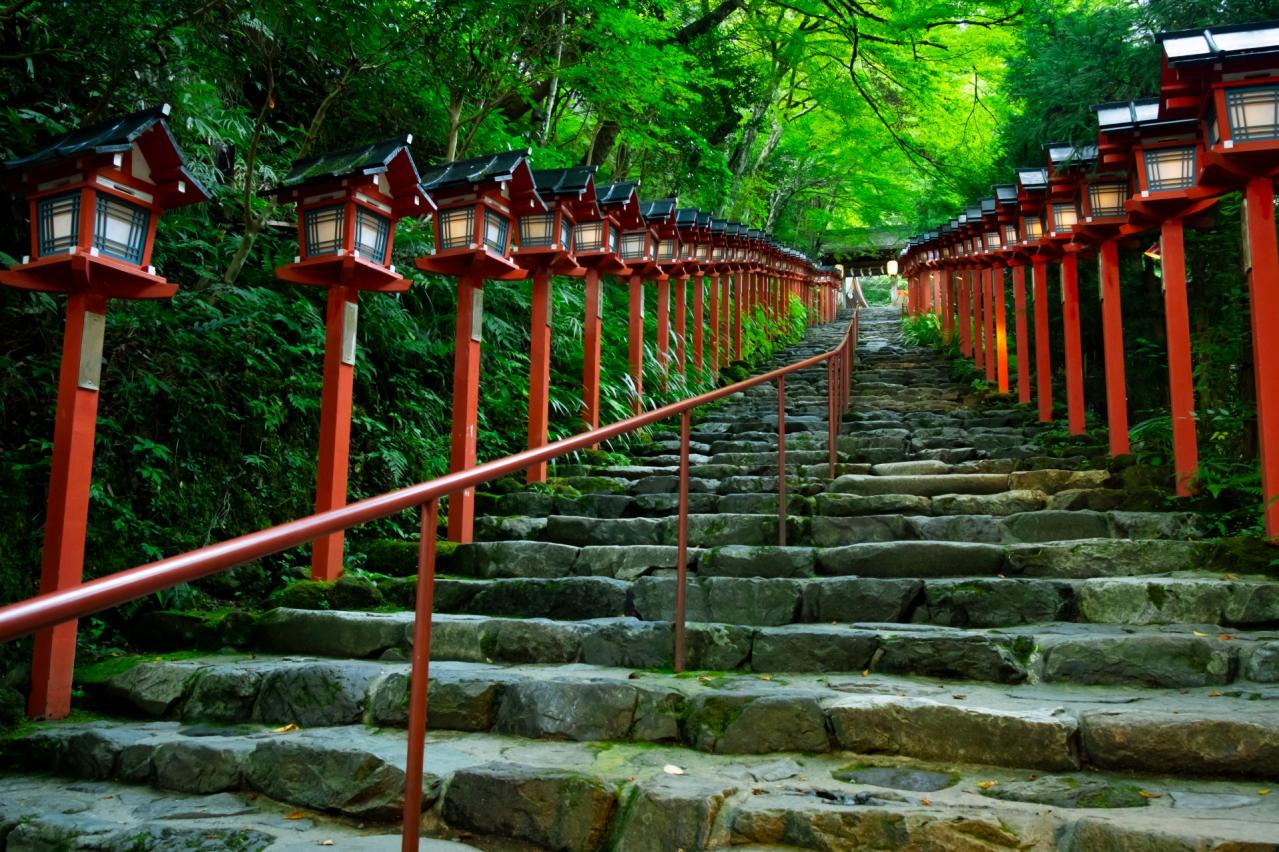
Kifune Shrine
Basic Information
- Spot Name
- Kifune Shrine
- Location
- 〒601-1112 180 Kurama Kifune-cho, Sakyo-ku, Kyoto-shi, Kyoto, Japan
- Access
- Nearest station: Eizan Electric Railway "Kifune-guchi" Station
Get off at Kifune-guchi Station, transfer to Kyoto Bus and get off at "Kifune".
If walking from Kifune-guchi Station, it takes about 30 minutes.
Nearest bus stop: Kyoto Bus (No. 33) "Kifune".
From Kifune, it takes about 5 minutes on foot to Kifune Shrine. - Parking
- Parking available.
- Business Hours
- 6:00 AM to 8:00 PM
The distribution of amulets, talismans, and御朱印 is from 9:00 AM to 5:00 PM. - Regular Holiday
- Open year-round.
- Fees
- Free admission to the precincts.
- Contact Information
- Phone Number:075-741-2016
- Official Website
Map
Detailed Information
Kifune Shrine is an ancient shrine located in the mountainous area of Kifune in the Sakyo Ward of Kyoto City, known for its rich natural environment. It is the head shrine of approximately 2,000 Kifune shrines throughout Japan and enshrines the water deity Takakami no Kami as its main deity. Although the exact date of its establishment is unknown, records show that renovations of the shrine building occurred as early as the sixth year of the Hakuhō era (677 AD), which highlights its status as one of the oldest shrines in Japan.
The name "Kifune" was historically written as "Kifune" (氣生根), believed to be the source where vital energy is born. As a sacred ground where one can gain vitality by encountering the divine energy, it has attracted many worshippers since ancient times. Additionally, because it is dedicated to the deity who governs water, it is regarded as a guardian deity for those involved in agriculture, fishing, and brewing, and has been deeply revered by successive imperial courts. There are also records of rituals held during droughts, where black horses were offered, and during long rains, white or red horses were dedicated to pray for rain or to stop it.
The current location of the main shrine is believed to be where the original Kifune Shrine was founded, but it was transferred to its present site in 1055 (the third year of the Tenki era) due to damage from flooding. Nowadays, along the Kifune River, there are three shrines arranged in order: the main shrine, the Yui no Yashiro (Yui Shrine), and the Oku no Miya (Inner Shrine). It is common for visitors to engage in the practice of "Sansha Mairi," where they visit all three shrines in succession.
The main shrine enshrines Takakami no Kami, the deity of water, and there is a continuous stream of worshippers seeking blessings for improved fortune, the fulfillment of their desires, and the benefits of water. Unique to this shrine is the “water fortune-telling” (mizu-sumatori) where fortunes are written on slips of paper that are floated in the sacred water from Kifune Mountain, causing the text to appear.
The Yui no Yashiro, located beyond the main shrine, enshrines Iwanagahime no Mikoto, the deity of matchmaking. There is a story from the Heian period involving Izumi Shikibu, a female poet, who prayed here about her husband’s change of heart, and her wishes were granted, leading to a reconciliation. Since then, it has attracted a strong following from young people as the "Love Shrine." Visitors believe that by writing their wishes on green "musubi-bun" and tying them at the "musubi-dokoro," they can receive various good relationships, not limited to romantic ones.
The Oku no Miya, the site where the shrine was originally established, is about a 15-minute walk from the main shrine along a mountain path. Beneath the main shrine, there is a sacred space known as "Ryuke" (龍穴), believed to house divine power, which is still covered by the main hall, and no one can view it directly. The Oku no Miya has traditionally been regarded as a special spiritual area, associated with the faith of the deity of boats and legends surrounding the enshrinement of Tamayori-hime no Mikoto.
Takakami no Kami is a water deity mentioned in the "Chronicles of Japan" and "Nihon Shoki," believed to have been born from the blood dripped from the sword used by Izanagi when he slayed the fire deity Kagutsuchi. This deity is revered for calming raging fire and bringing harmony to nature. Moreover, while Takakami no Kami and Kurakami no Kami (the dragon god of the valley) may be referred to by different names, they are considered the same deity at Kifune Shrine, which is esteemed as the god of water sources, calling forth clouds and rain, and storing water underground to emerge as needed.
Furthermore, according to shrine tradition, there are legends surrounding the deity’s descent to this land, claiming that it descended upon the Mirror Rock in Kifune Mountain on the "year of the ox, month of the ox, and day of the ox." As a result, "Ox Day" is still regarded as the shrine's festival day. Another legend speaks of the first Emperor Jinmu’s mother, Tamayori-hime no Mikoto, who set sail from Osaka Bay and discovered the spiritual site "Fuki," where clear spring water flows, and built a shrine, which is said to be the origin of Kifune Shrine.
The area surrounding Kifune Shrine is blessed with nature in every season: vibrant green in spring, refreshing riverside scenes in summer, colorful autumn leaves, and enchanting snowy landscapes in winter, all of which attract many worshippers. Particularly during the autumn foliage season, night illuminations are held, creating a mystical and enchanting world with the lights of lanterns lining the stone steps and the autumn leaves.
In this way, Kifune Shrine has continuously walked alongside the prayers of people as "the shrine of water and energy," garnering profound reverence as a spiritual site in Kyoto even today. It is a place where visitors can experience sacred moments, purifying their mind and body with the blessings of clear water while nurturing their energy through worship.
Kifune Shrine Movies
Kyoto Tourist Attractions
View ListKitano Tenmangu Shrine
Kitano Tenmangu is a historic site in Kyoto that is widely revered as the deity of learning and the arts. This shrine enshrines Sugawara no Michizane, a scholar and ...
Nijo Castle
Nijo Castle, originally built as a retreat for the Shogun, can be described as a place condensed with Japan’s history and culture. Constructed in 1603 by the first S...
Sanjusangen-do Temple
Sanjusangendo, officially known as Rengeoin, is a Tendai Buddhist temple located in Kyoto. Rebuilt during the Kamakura period, this temple boasts a main hall that is...
Kamikamo Shrine
Kamigamo Shrine (Kamo-wake-ikazuchi Shrine) is one of the oldest shrines in Kyoto, dedicated to the god of thunder, Kamo-wake-ikazuchi no Ōkami. The shrine grounds h...
Kyoto Imperial Palace
Kyoto Imperial Palace is a place of great importance in Japanese history and culture. This vast area is located within the Kyoto Gyoen in the city center of Kyoto, c...
Kyoto Railway Museum
The Kyoto Railway Museum, opened in 2016, is one of the largest railway museums in Japan, designed to be a fun and educational facility with the theme of "see, touch...
Fushimi Inari Taisha Shrine
Fushimi Inari Taisha is the head shrine of approximately 30,000 Inari shrines located in Kyoto. It is believed that the deity Inari was enshrined here in the 4th yea...








